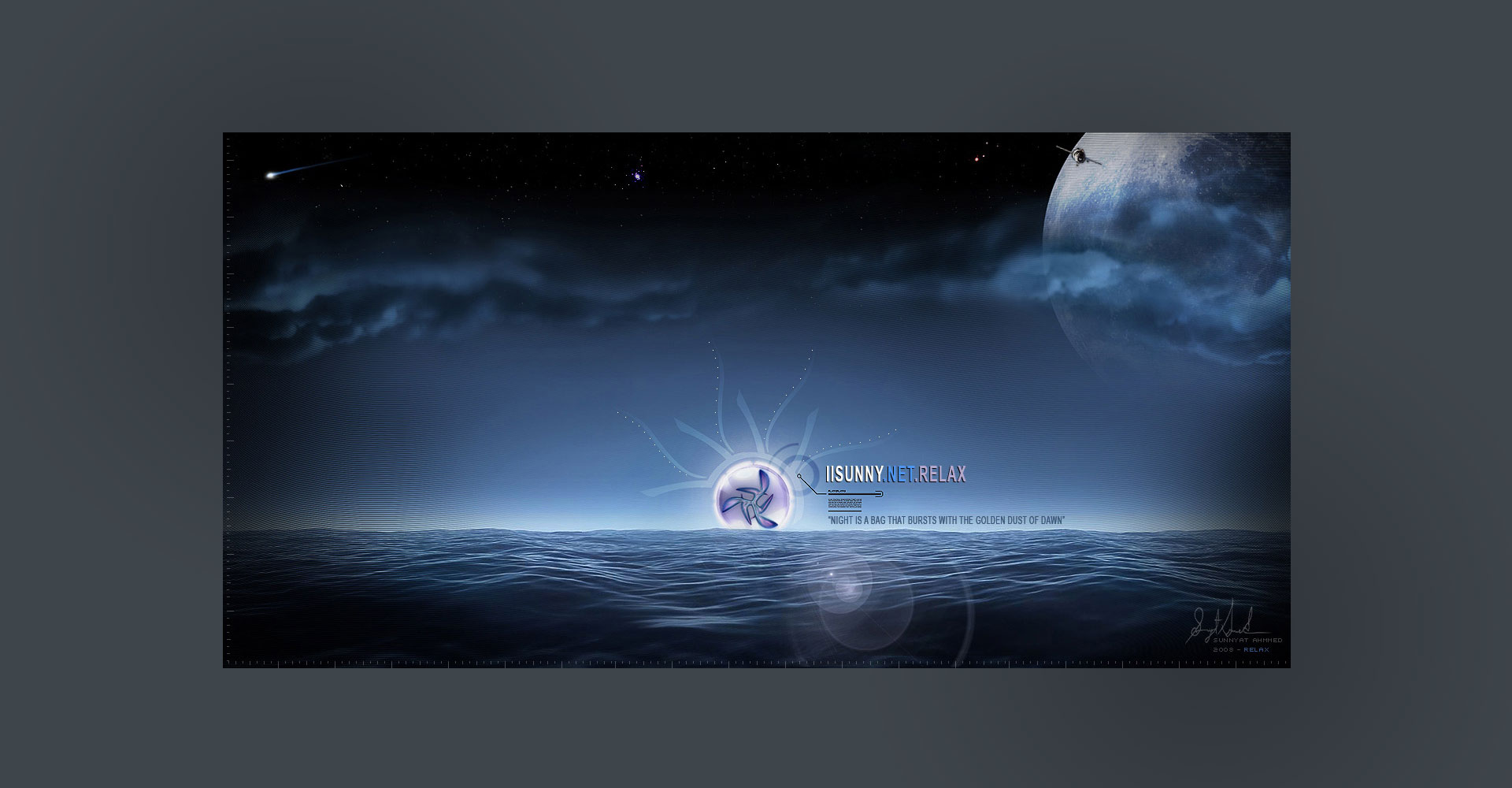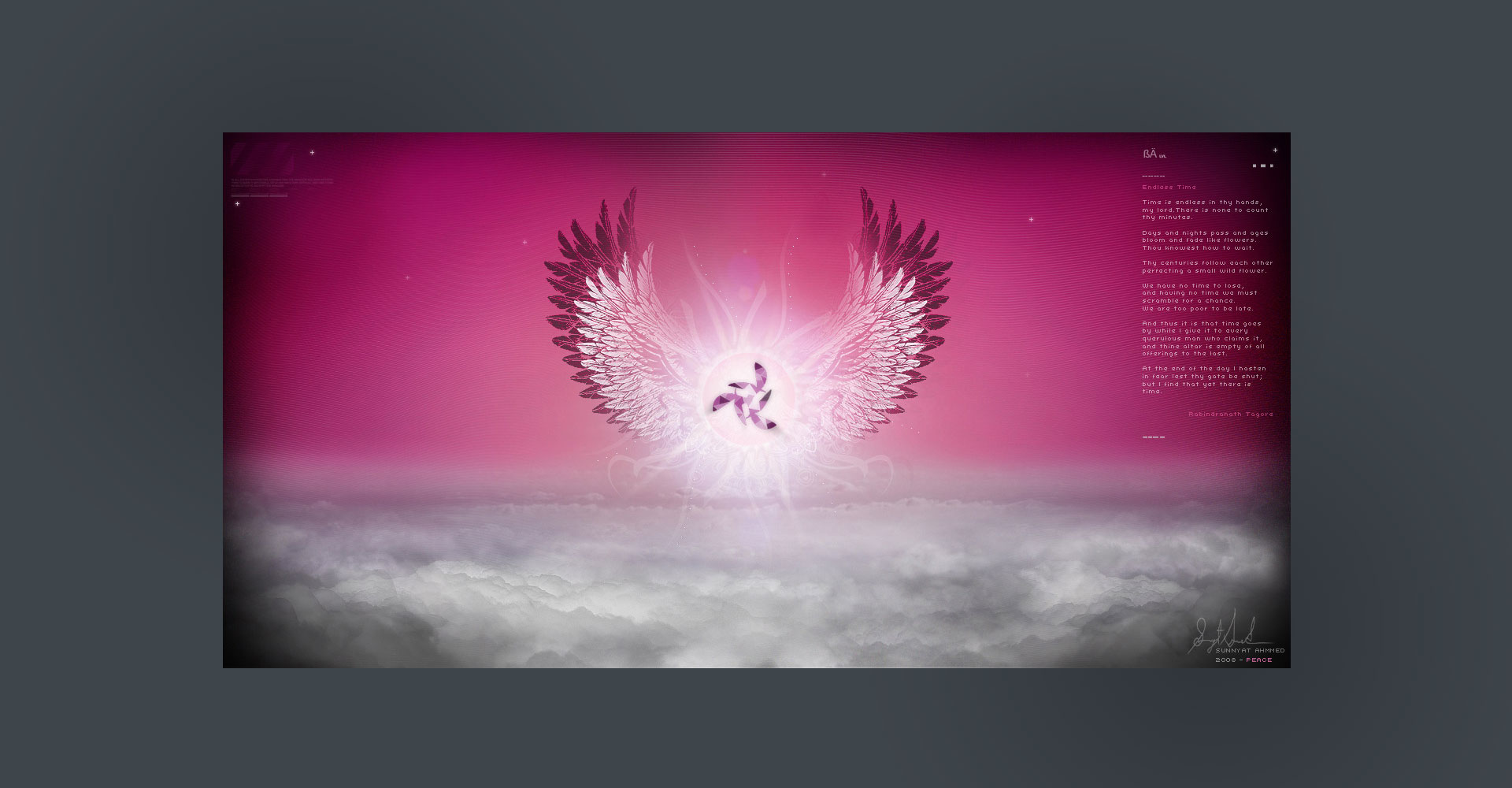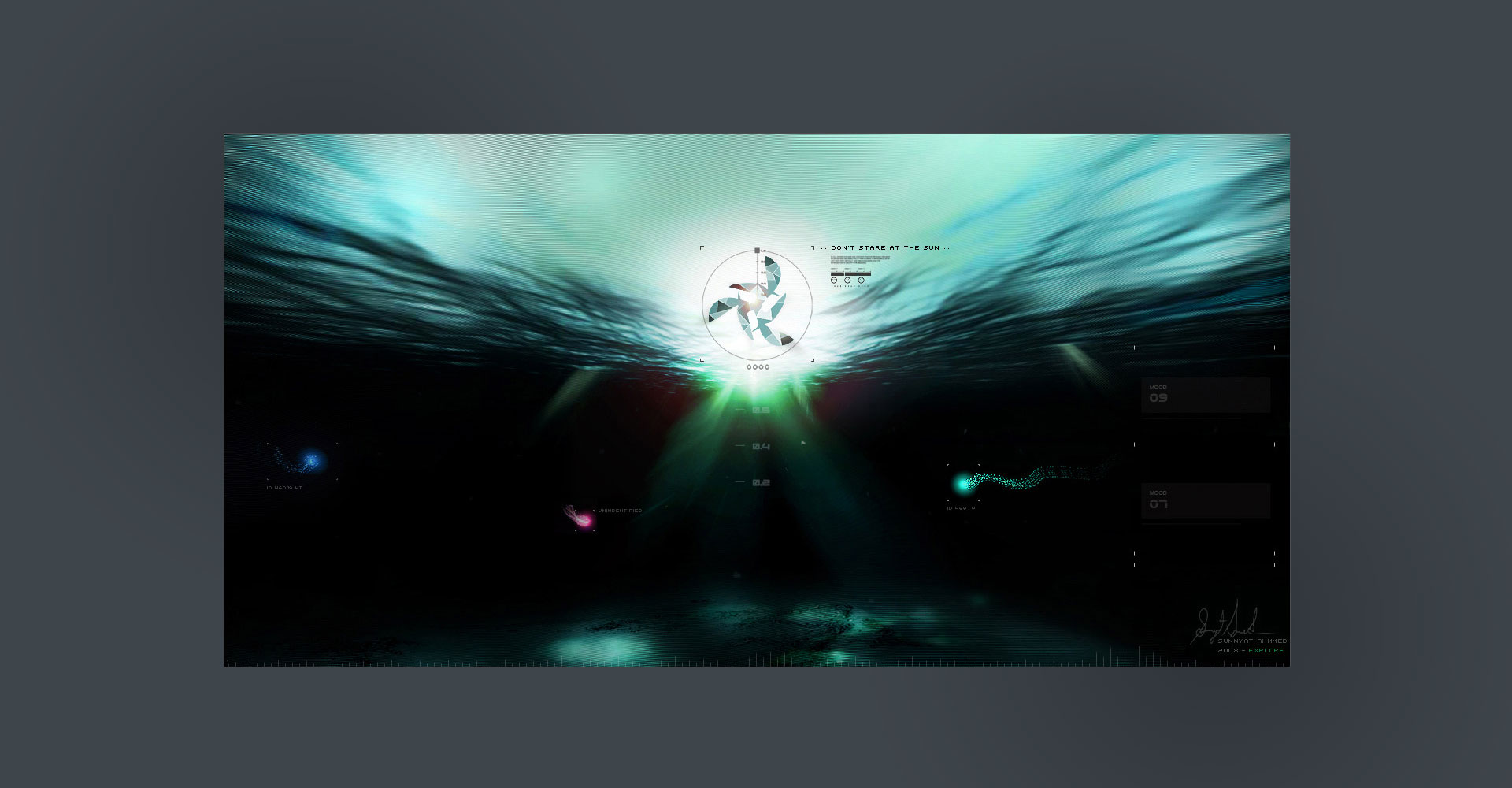Carousel A slideshow component for cycling through elements—images or slides of text—like a carousel.
The carousel is a slideshow for cycling through a series of content, built with CSS 3D transforms and a bit of JavaScript. It works with a series of images, text, or custom markup. It also includes support for previous/next controls and indicators.
Kitchen sink example
The
.active class needs to be added to one of the slides otherwise the carousel will not be visible. Also be sure to set a unique id on the .carousel for optional controls, especially if you’re using multiple carousels on a single page. Control and indicator elements must have a data-target attribute (or href for links) that matches the id of the .carousel element.
Slides only
.d-block and .w-100 on carousel images
Control example
Interval example
data-interval="" to a .carousel-item to change the amount of time to delay between automatically cycling to the next item. E.g The first image will change after 10 seconds, the second one will change after 2 seconds, and the following will change as default settings.
Indicators example
Crossfade example
.carousel-fade to your carousel to animate slides with a fade transition instead of a slide
Add captions
.carousel-caption element within any .carousel-item. They can be easily hidden on smaller viewports, as shown below, with optional display utilities. We hide them initially with .d-none and bring them back on medium-sized devices with .d-md-block



